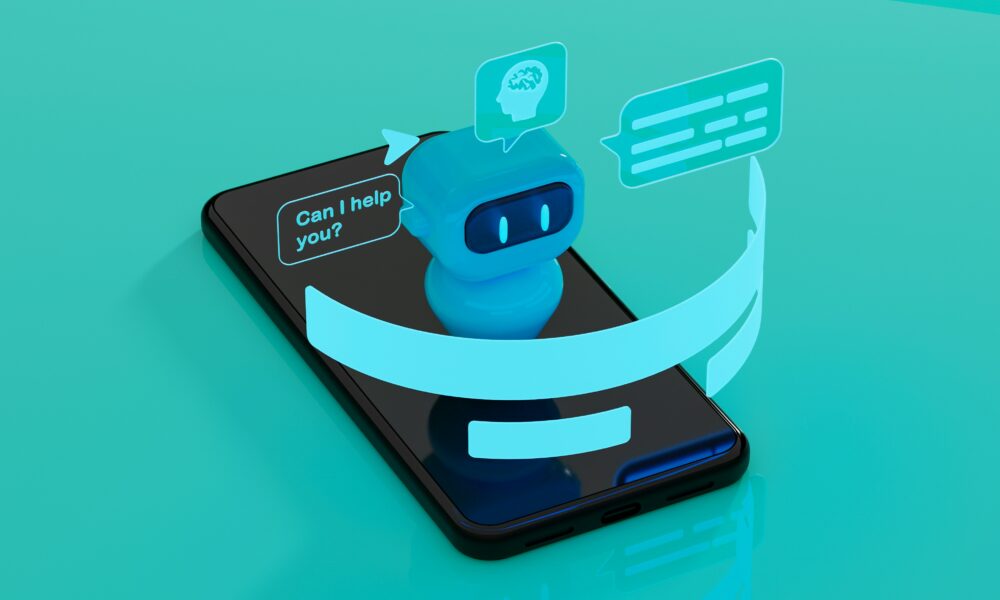Scott Dylan on How AI Chatbots Are Creating Data Security Challenges for Businesses

The increasing use of AI chatbots in the workplace has brought undeniable advantages in terms of productivity and customer service. However, as we embrace this technology, many organisations overlook the associated data security risks. AI chatbots are often designed to streamline workflows, reduce manual tasks, and deliver real-time responses. But without proper oversight, they have the potential to expose sensitive business information, which could lead to severe security breaches.
The Security Risks of AI Chatbots in the Workplace
AI chatbots are not inherently secure. Most are built to handle massive amounts of data, often learning from conversations to improve their responses. As a result, employees can unwittingly share confidential or sensitive information through chatbot interactions. This might include financial data, personal details of customers, internal strategy discussions, or even proprietary business information. Once this data passes through the chatbot system, it can be vulnerable to exposure, especially if it is not encrypted or stored securely.
Businesses, in their eagerness to automate routine tasks, sometimes integrate chatbots without fully understanding the security implications. For instance, a marketing team may use an AI chatbot to manage customer queries. While this reduces the team’s workload, it might also inadvertently expose customer contact details or purchase histories if the chatbot lacks proper data protection protocols.
Even more concerning is when employees use AI systems for internal purposes, sharing sensitive files or client information with bots that may not have stringent access controls in place. The key issue here is not just the chatbot’s design but the behaviour of employees who may not be fully aware of the risks they are taking.
Preventative Measures for Data Protection
To address these risks, companies must develop a proactive approach to data security that involves AI chatbot management. One of the most effective ways to do this is by establishing clear, company-wide policies on chatbot usage. Employees should know the types of information they can and cannot share through these systems, and they must receive training on the consequences of mishandling sensitive data.
Furthermore, businesses should implement Role-Based Access Control (RBAC) for chatbot interactions. This ensures that only authorised employees can access and share certain types of data through AI systems. For example, financial teams might have permission to use chatbots for invoicing, while marketing teams should only use them for customer engagement purposes. Limiting access is crucial to ensuring that sensitive data stays within appropriate departments.
Another key measure is the encryption of all data shared with AI chatbots. Encryption guarantees that any information passed through the system is rendered unreadable to unauthorised individuals. Additionally, companies must ensure that chatbots do not store information longer than necessary. Temporary storage solutions that automatically delete data after its intended use can significantly reduce the risk of a breach.
Finally, companies should conduct regular audits of chatbot interactions. By monitoring and reviewing how employees interact with these systems, security teams can detect anomalies and potential misuse early on. These audits should be part of a broader data security strategy that also includes real-time monitoring, ensuring that no suspicious activities go unnoticed.
The Threat of Shadow AI
While many organisations are already concerned about sanctioned AI chatbots, a bigger threat looms in the form of “shadow AI”. Shadow AI refers to the unauthorised use of AI systems within an organisation. In this case, employees might turn to free, unapproved AI chatbots or tools to increase their productivity without the knowledge of the IT department.
The rise of shadow AI has made it difficult for organisations to maintain full control over data security. Employees might unknowingly expose sensitive company information by using unvetted chatbots or AI platforms. These tools often lack the encryption, security protocols, and oversight that enterprise-approved systems provide. Shadow AI can create significant vulnerabilities, leaving businesses exposed to data breaches or compliance violations.
For example, employees who use unsanctioned AI tools could inadvertently share personal customer data, violating regulations such as the General Data Protection Regulation (GDPR). Fines for these breaches can be significant, not to mention the reputational damage that comes with such incidents. Additionally, shadow AI increases the risk of intellectual property theft. Unauthorised AI platforms may retain data after it is used, potentially leading to trade secrets being exposed.
To mitigate the risks posed by shadow AI, companies must encourage transparency. Instead of penalising employees for seeking innovative tools, organisations should offer vetted AI alternatives that meet security standards. IT departments should work closely with employees to integrate safe AI platforms into daily operations, ensuring both productivity and security.
The Future of AI and Data Security
The integration of AI chatbots in the workplace is a trend that shows no signs of slowing down. As businesses continue to automate processes and interact with customers through AI, they must remain vigilant about security. Proper oversight, employee education, and secure systems are non-negotiable when it comes to protecting sensitive data.
Organisations that fail to manage AI chatbot security risk not only financial penalties but also the loss of customer trust. In today’s digital world, where data breaches can have long-lasting repercussions, safeguarding information must be a priority. The challenge for businesses is to harness the power of AI while maintaining rigorous data protection standards.
Companies like NexaTech Ventures are already looking ahead, developing AI solutions that integrate enhanced security protocols without compromising efficiency. The future of workplace AI lies in balancing innovation with protection, ensuring that businesses can thrive in the age of automation while safeguarding their most valuable asset—data.




